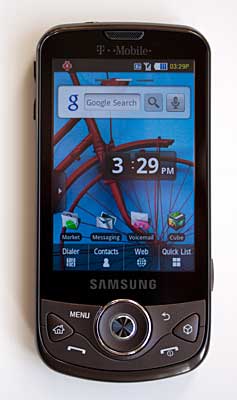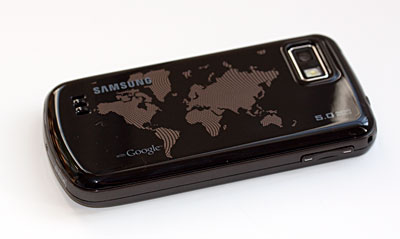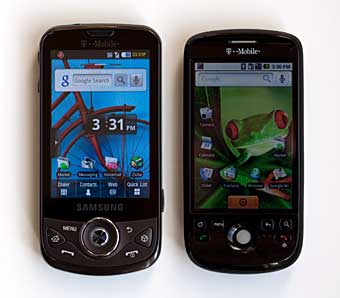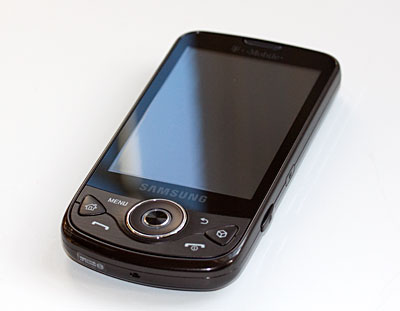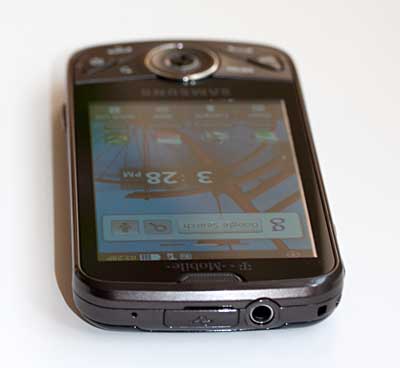The original Storm was BlackBerry’s first attempt at a touchscreen phone and while it wasn’t a complete disaster it didn’t quite conjure up a whirlwind of adulation either. We’ve known several Storm owners and none of them were overly complimentary about the handset’s long term performance. The main issues were down to the build quality (the side-mounted plastic buttons falling off), the bizarre decision by BlackBerry to not equip the handset with Wi-Fi and the lack of responsiveness from the SurePress screen.

The first of those two issues seem to be solved on the Storm2, but while the new SurePress screen used on this model has been greatly improved, we’re not sure it’s going to prove any more popular than the previous version.
Looks-wise the Storm2 is almost identical to the original, but there are some subtle differences here and there. For example, while the four buttons for answer, menu, back and end are still mounted on the front of the phone, they’re now integrated into the clickable part of the SurePress screen, rather than being separate to it. Also the chrome band that used to run around the outer edge of the phone has now being given a much darker finish so it blends in nicely with the glossy plastic finish that covers much of the rest of the handset (although thankfully the battery cover is still made of metal). Similarly BlackBerry has dumped the plasticky, side-mounted buttons and instead replaced them with rubberised ones that are better anchored into the chassis, which should make them much more durable in the long run.

Nevertheless, some niggles with the design remain. Despite having a 3.5mm headphone jack, we don’t like the way the jack is mounted on the side of the handset as it tends to snag when you’re taking the phone in and out of a pocket. Also, the phone feels quite thick and heavy, certainly much more so than the iPhone or Hero.
The handset runs the new BlackBerry OS v5.0, which includes a number of useful additions. One of the best of these is the updated cut and paste functionality. If you want to cut text, say from an email, and paste it into the web browser you now just have to call up the BlackBerry menu and choose Select. This places two selection tabs that you can position to mark the areas of text you want to cut. Although the system is similar to that used on the iPhone the selection tabs are much larger and more finger-friendly so they’re a good deal easier to position. There’s also updated Maps software and you can now access the clock and connections menu directly from the home screen.
free laptop deals UK Mobile Broadband Deals are your complete resource for everything mobile broadband, with a great range of deals on pay monthly laptops available.


